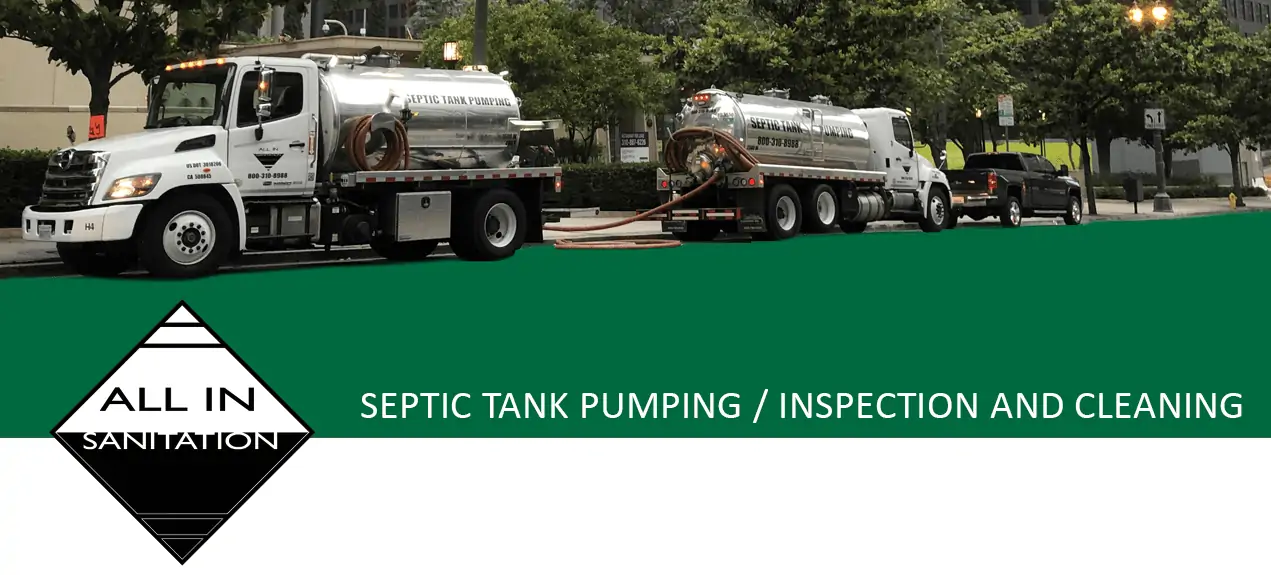Septic Tank Pumping and Cleaning Northridge, CA
Welcome to our esteemed septic service company, your premier choice for comprehensive septic system maintenance in Northridge, California. With a steadfast commitment to environmental stewardship and customer satisfaction, we specialize in septic pumping, thorough septic tank inspections, and meticulous septic tank cleaning. Our team of highly skilled professionals is equipped with the latest technology and industry knowledge to ensure that your septic system functions efficiently and reliably. We understand the importance of regular septic care and are dedicated to extending the life of your system while preventing costly repairs. Trust us to deliver exceptional service with the utmost professionalism and attention to detail for all your septic needs in Northridge.
Understanding Septic Pumping in Northridge
Septic pumping involves the removal of sludge, scum, and effluent from a septic tank to ensure proper system function and avoid overflows or backups. As part of routine tank maintenance, determining the appropriate pumping frequency is vital. This frequency is influenced by factors including tank size, household size, total wastewater generated, and the volume of solids in the wastewater. Generally, the Environmental Protection Agency recommends that septic tanks be pumped every three to five years to prevent system failure. However, households with garbage disposals or higher usage may require more frequent service. Adhering to the recommended pumping schedule protects the septic system’s integrity, minimizes the risk of unsanitary conditions, and ensures the longevity of the system’s operational life.
Importance of Northridge Septic Tank Inspection
While septic pumping ensures the removal of waste, regular septic tank inspections are crucial for identifying potential issues before they become costly repairs. Tank inspections play a vital role in assessing the tank’s structural integrity, checking for cracks, leaks, or signs of wear that could compromise tank durability. The inspection process includes evaluating the levels of sludge and scum, ensuring the inlet and outlet tees are unobstructed, and verifying the proper function of the baffles. Inspection frequency should adhere to local regulations and manufacturer recommendations, generally every 1-3 years, depending on usage patterns and system specifications. Proactive examinations by qualified professionals safeguard against environmental hazards, extend the lifespan of the system, and maintain optimal performance, thereby preventing unexpected malfunctions and protecting homeowner investments.
Steps in Northridge Septic Cleaning
Regular maintenance, including thorough septic tank cleaning, is essential after inspections to ensure the removal of all accumulated solids that could lead to system failure. The first step in the cleaning process is to measure the sludge layer’s depth using specialized tools. This sludge measurement is crucial to determine the service frequency and to ensure that the tank bacteria are functioning optimally. Once the sludge level is assessed, technicians proceed to pump out the waste, carefully removing both the sludge and the scum layers while preserving the vital bacteria that facilitate the breakdown of new waste. After pumping, the tank is flushed with water, and the interior surfaces are inspected for any signs of damage or wear, guaranteeing a clean and fully operational septic system.
Choosing Our Northridge Septic Services
Opting for our comprehensive services in Northridge ensures the longevity and efficiency of your septic system. Our team specializes in maintaining optimal functionality through meticulous septic pumping, thorough inspections, and rigorous cleaning protocols. Service reliability is at the heart of our operations, ensuring that every intervention is executed with precision and adherence to regulatory standards.
Our commitment to excellence is echoed in the customer testimonials we receive, highlighting our technical expertise and dedication to customer satisfaction. By choosing our services, you are entrusting your septic system to seasoned professionals who understand the intricacies of septic maintenance. Our proactive approach to septic care guarantees that your system remains in peak condition, safeguarding your property and the environment.
